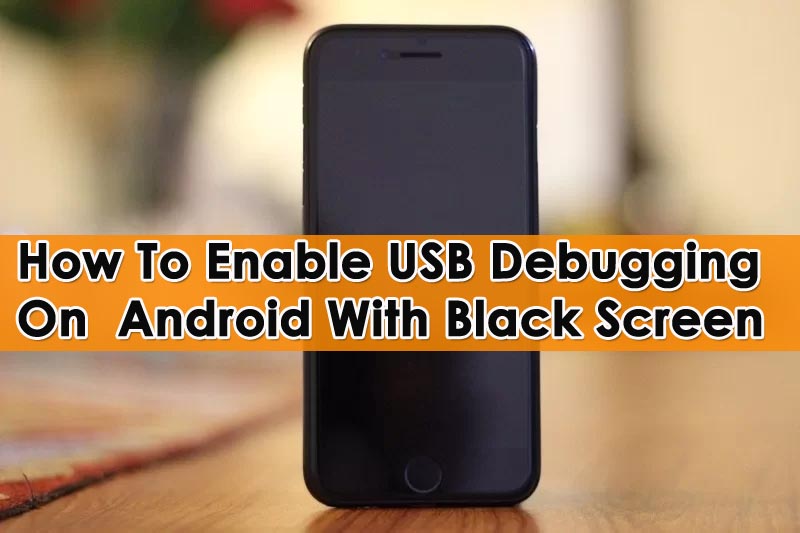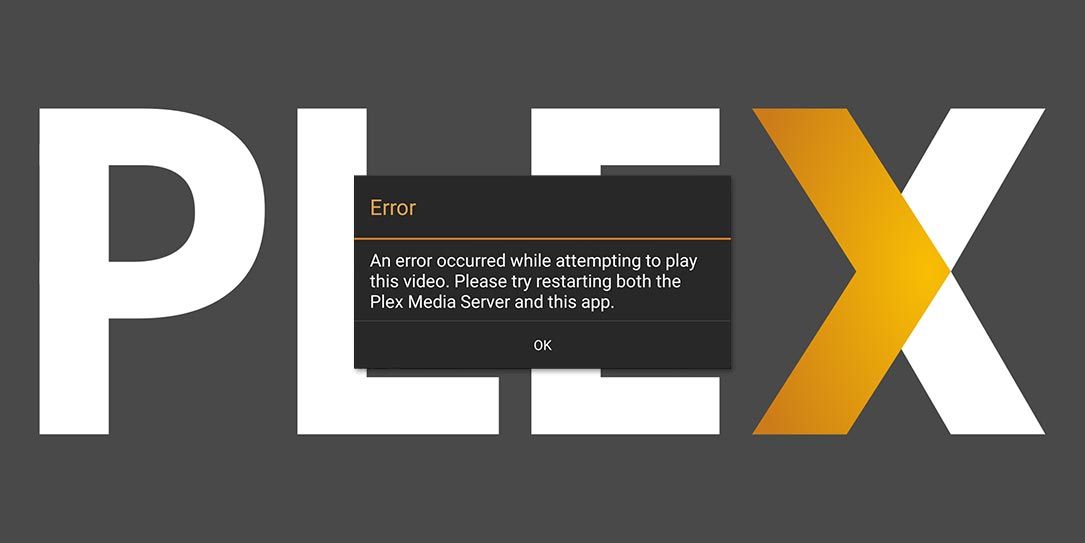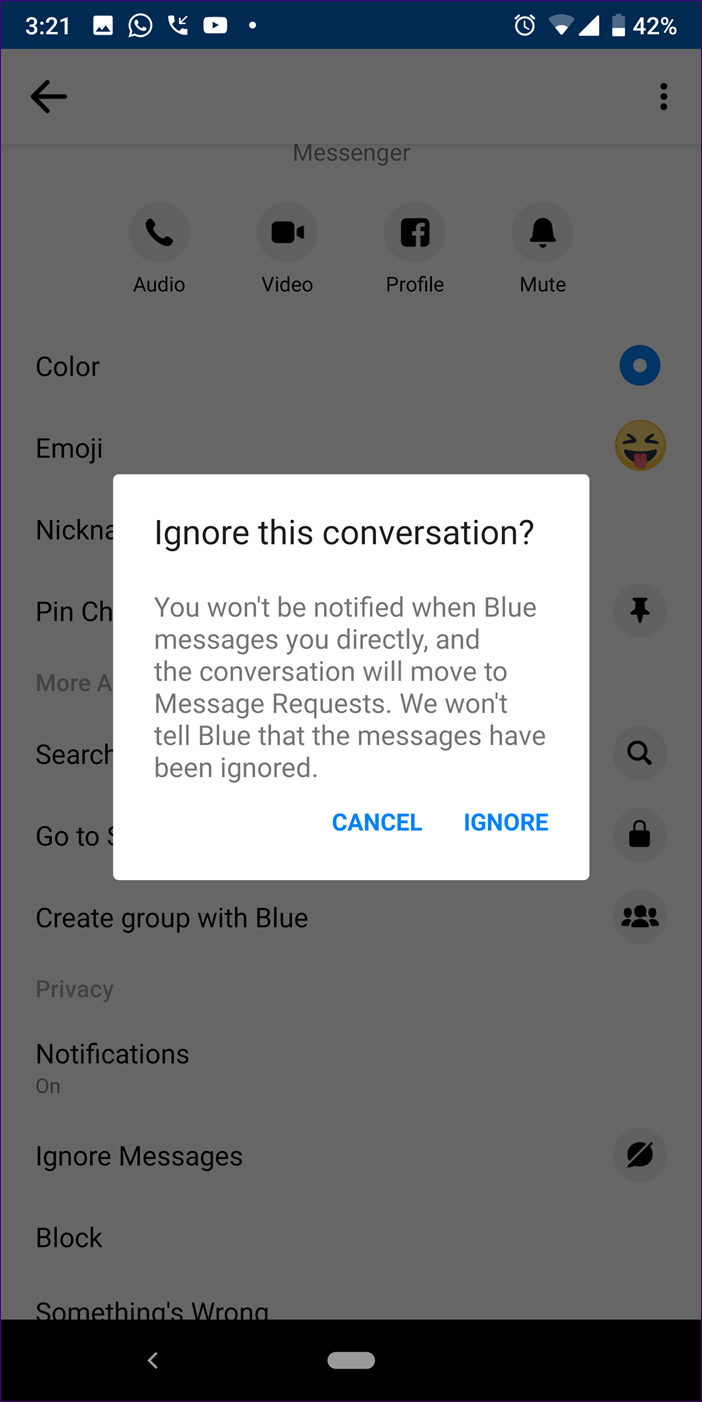In the world of Android devices, USB debugging is an essential feature that allows users to establish a connection between their mobile device and a computer. This connection provides access to the device’s internal storage, enabling users to transfer data, perform backups, and even recover lost files. However, enabling USB debugging becomes a challenge when faced with a broken screen. In this comprehensive guide, we will explore various methods to enable USB debugging on Android devices with broken screens.
Before we dive into the methods, let’s first understand what USB debugging is and why it is essential. USB debugging is a developer option that allows for a direct connection between an Android device and a computer. It facilitates data transfer, debugging, and even app development. With USB debugging enabled, users can access their device’s internal storage, install custom ROMs, and execute commands through developer tools.
USB debugging is particularly valuable in situations where a device’s screen is broken or unresponsive. It provides an alternative method to access the device’s data and perform necessary actions such as data backup or recovery. Now, let’s explore the different methods to enable USB debugging on Android devices with broken screens.
Method 1: Enabling USB Debugging with a Non-Responsive Touch Screen
In some cases, the touch functionality of a broken screen may cease to work while the display remains visible. If you find yourself in this situation, you can utilize a USB OTG (On-The-Go) adapter and a USB mouse to enable USB debugging. Follow these steps:
- Connect your Android device to a USB mouse using a USB OTG adapter.
- Use the mouse to unlock your phone by clicking on the screen.
- Navigate to the Settings menu on your device.
- Scroll down and tap on “About Device.”
- Locate the “Build Number” option and tap it seven times to enable Developer mode.
- Return to the Settings menu and find “Developer Options.”
- Enable USB debugging within the Developer Options menu.
- Connect your broken Android device to a computer using a USB cable.
- Your computer will recognize the device as an external storage device.
- Open the folders on your phone using the computer and proceed to back up your photos, contacts, videos, and other important data to your computer.
Method 2: Enabling USB Debugging with a Completely Black Screen
When faced with a completely black screen, the previous method may not be applicable. However, there is still a way to enable USB debugging using ADB (Android Debug Bridge) commands. Follow these steps:
- Install the ADB tool on your computer.
- Boot your Android device into ClockworkMod recovery mode (specific steps may vary depending on the device).
- Launch the ADB tool on your computer and connect your Android device to the computer via USB.
- In the command window, type the command
adb devicesto ensure that your device is recognized. - Use the following command to take a backup of your Android device:
adb pull /data/media/clockworkmod/backup ~/Desktop/Android-up
Please note that the ADB method requires some technical knowledge and familiarity with command-line tools. Proceed with caution and ensure you follow the steps accurately to avoid any potential risks.
Method 3: Additional Considerations and Tips
While the above methods are effective in enabling USB debugging on Android devices with broken screens, there are a few additional considerations and tips to keep in mind:
- Compatibility: Not all Android devices support USB OTG or have the necessary hardware capabilities. Before attempting the USB OTG method, ensure that your device is compatible by conducting a quick online search or referring to your device’s documentation.
- Data Backup: It is crucial to back up your data regularly, especially if you have a broken screen. Regular backups ensure that your important files and information remain safe and accessible, even in the event of a device malfunction.
- Screen Mirroring: If you have access to a secondary device or a smart TV, you can explore screen mirroring options to project your broken Android device’s screen onto a larger display. This can provide temporary access to your device’s content and enable you to navigate through the settings to enable USB debugging.
- Seek Professional Help: If you are uncomfortable or uncertain about performing the methods mentioned above, it is advisable to seek professional assistance from authorized service centers or experienced technicians. They have the expertise to handle broken devices and can guide you through the process safely.
Conclusion
Enabling USB debugging on Android devices with broken screens may seem challenging, but with the right methods and precautions, it is possible to regain access to your device’s data and perform necessary actions such as data backup and recovery. Whether you opt for the USB OTG method or the ADB command approach, make sure to follow the steps carefully and prioritize the safety of your data. Remember to regularly back up your important files to avoid any potential loss. With these methods and considerations in mind, you can confidently navigate through the challenges of a broken screen and maintain control over your Android device’s functionality.
Remember, in the world of technology, challenges are bound to arise, but with the right guidance, you can overcome them and continue to make the most of your Android device. Stay informed, stay curious, and never stop exploring the possibilities that technology has to offer.
Experiencing difficulties with your Device, check out our “How To” page on how to resolve some of these issues.







